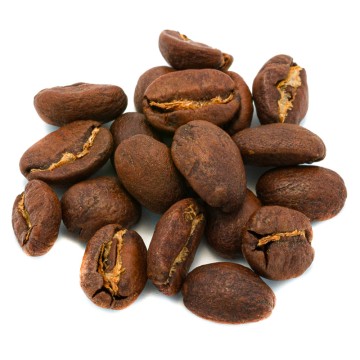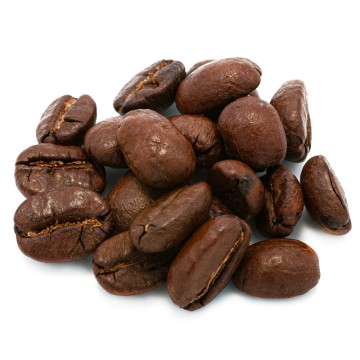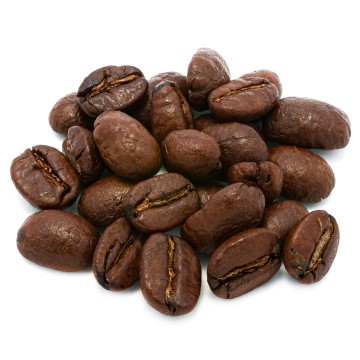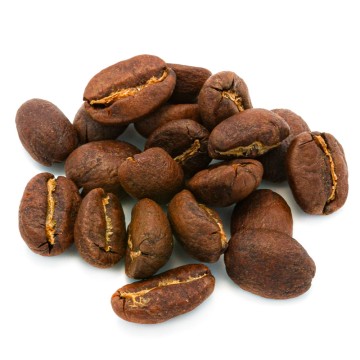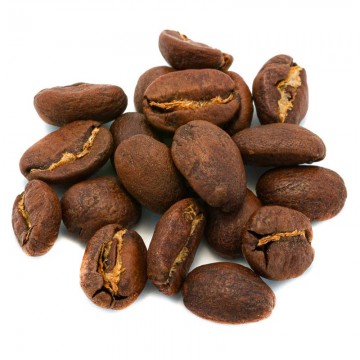Colombia is a rather large country and is the third largest producer of coffee in the world, so it is difficult to describe a Colombian coffee as if there were only one type, a common character is l 'contained acidity, in terms of character, some define them as full-bodied and others as delicate and fruity but lively.
History of coffee production in Colombia
The history of coffee in Colombia is similar to that of other Latin American countries; it arrived with the conquistadors and it was the Jesuit missionaries who attempted to introduce its cultivation (according to some sources, the year of arrival would be 1723), also in consideration of the growing value it was acquiring in Europe, even if it had no appeal among the local populations. But it was only around the 1830s that production really began to expand in various regions of the country and to become exportable. At the end of the century, coffee exports had already become the largest income for the Colombian economy. In the 20th century, also in this case similarly to other American states, the National Federation of Coffee Growers (FNC) was created in reaction to the crisis of the world coffee market, the aim was to concentrate them in order to increase their strength and ensure their rights. The Centro Nacional de Investigaciones de Café (Cenicafé) was then born from the Federation of Colombian growers, which obviously deals with the technical aspects of improving production, for example developing varieties more resistant to roja, the coffee rust. As we anticipated, Colombia is now the third country in the world in terms of production quantity (according to data released in 2018 by the International Coffee Organization, production amounted to 810,000 tons), the coffee produced is almost entirely arabica and is considered a quality coffee .
The quality of Colombian coffee
As anticipated in the introductory paragraph, talking about Colombian coffee as if only one type existed is risky given that it is a fairly large country that produces it in many different regions. On the other hand, the environmental conditions of many of these areas are similar, most Colombian coffee is grown between 1200 and 1700 metres, therefore traits common to most Colombian coffees emerge, the acidity is contained even if the The drying is carried out with the washed method which tends to increase the acidity (because the bean is left to dry already cleaned of the fruit pulp and therefore does not absorb the sugars which contrast the natural acidity of the seed), the aroma is fruity and sweet with floral hints. The most important regions for coffee production in Colombia are: Antioquia, Cauca, Santander, Narino, Tolima, Huila. Antioquia is the region where coffee growing began in Colombia, FNC and Cenicafé are based here and therefore it is the area where experiments are carried out on plantations. Huila is a mountainous region in southern Colombia crossed by the Andes, to be precise by the Eastern Cordillera, the coffees from this area are slightly more acidic and full-bodied. Also in the south, very close to the equator, the Narino region is famous for creamy and fruity coffees. Narino is also partly crossed by the Andes but overlooks the sea


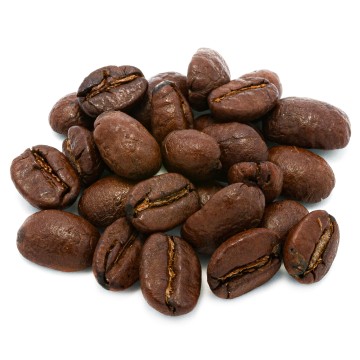
 No reward points for this product.
No reward points for this product.






